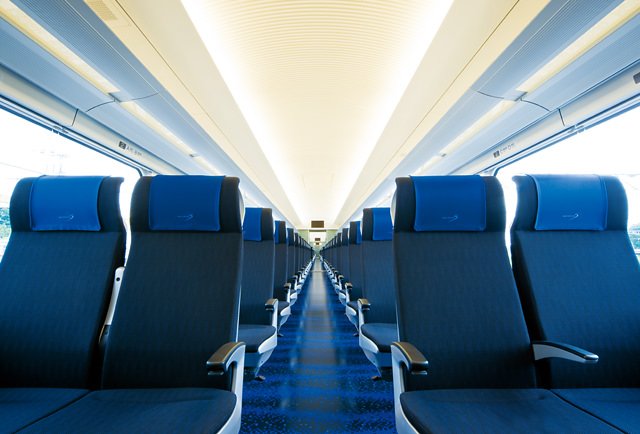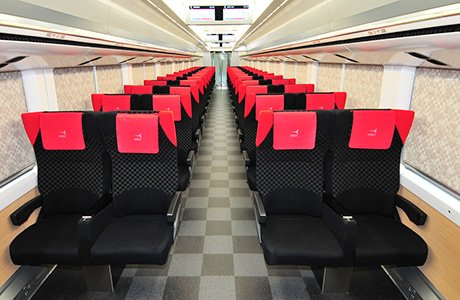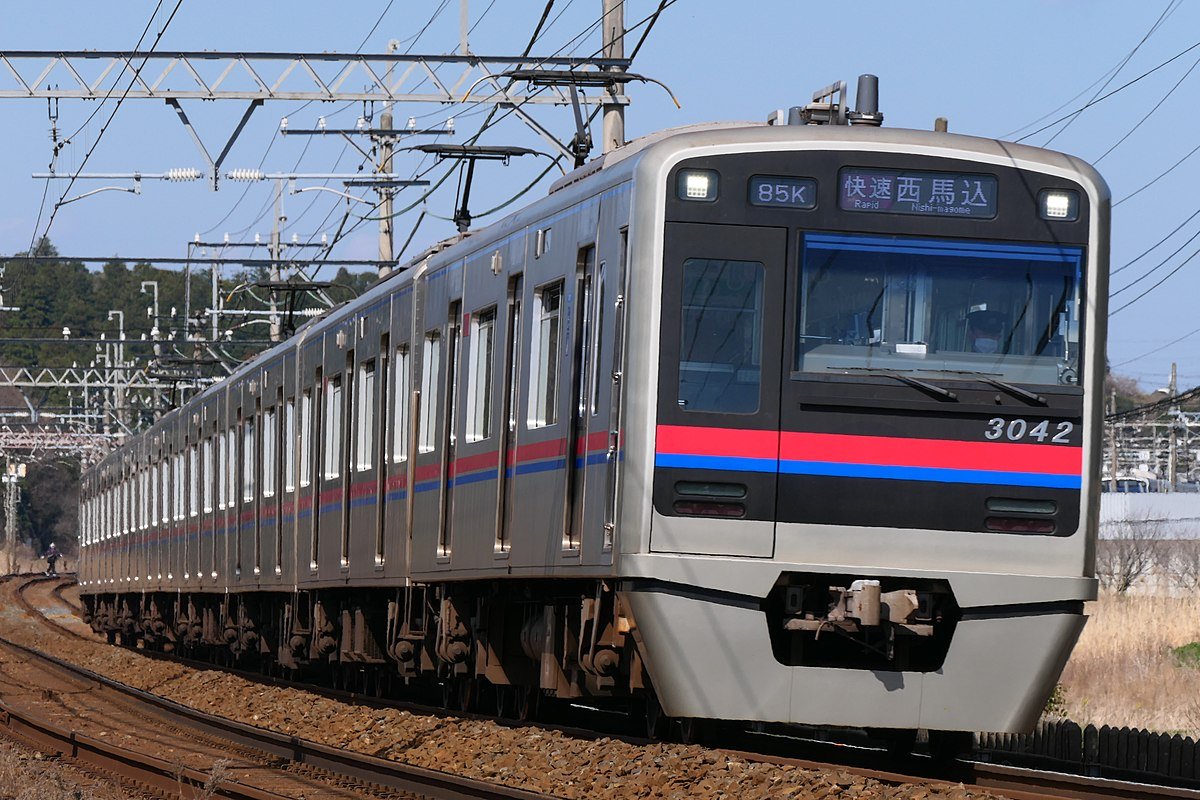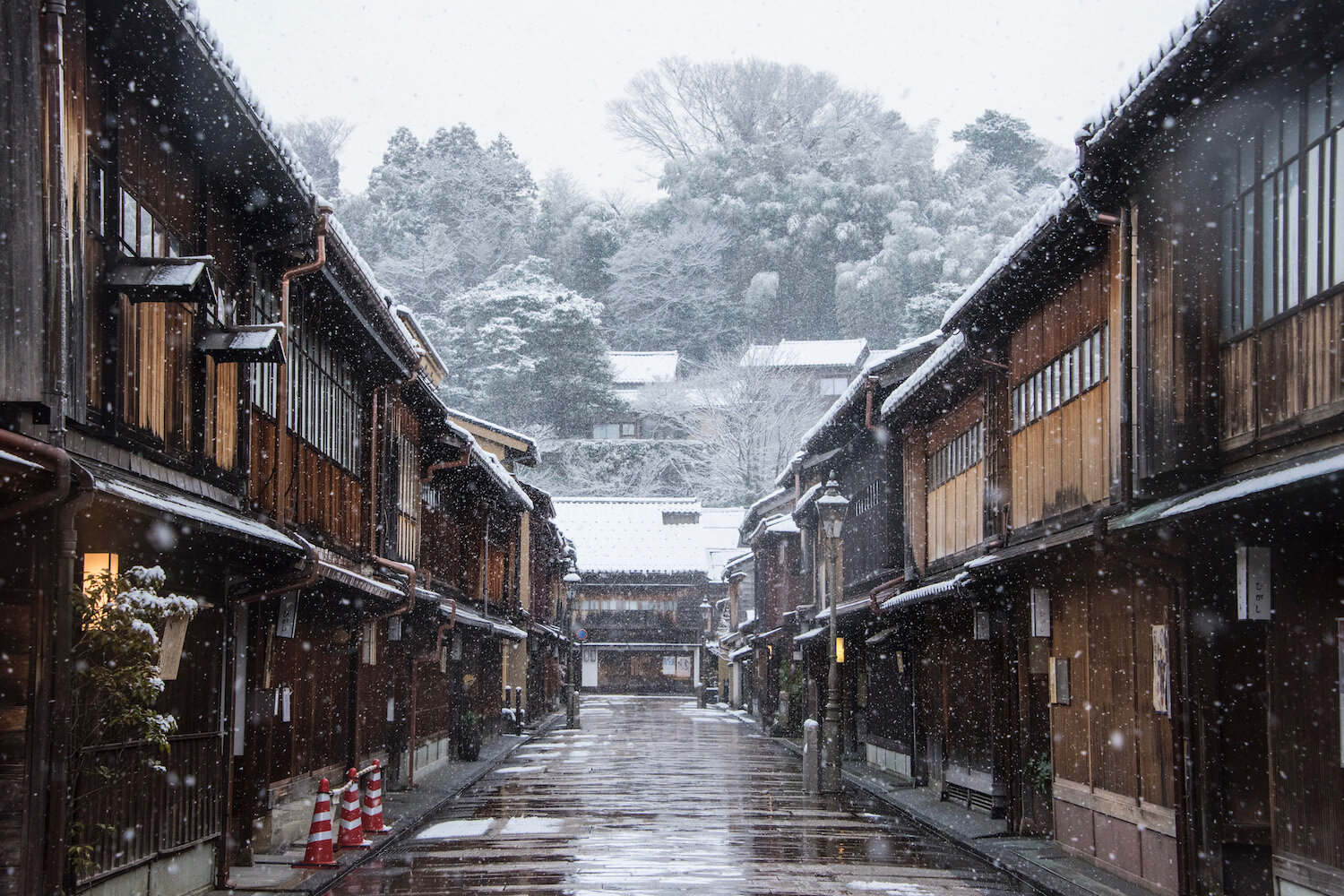Haneda Airport to Tokyo is a simple short ride!
The two airports in Tokyo are Haneda Airport and Narita Airport. Haneda is within Tokyo while Narita is outside Tokyo, making the journey a bit farther from Haneda. Below we will discuss 2 different methods of getting into Tokyo from Haneda. The two methods to get from Haneda to Tokyo include the train or taxi. Hopefully, these Japan travel tips will ensure a smooth journey to Tokyo!
Best ways from Haneda to Tokyo - Table of Contents
TLDR: Haneda to Tokyo Methods
1. Train
One of the best methods is to use the various trains that Haneda Airport has.
You can use either the Monorail or the Keikyu Line.
The Monorail is only a 15-minute ride from the airport to Hamamatsucho Station. The Keikyu Line is a 20-minute ride from the airport to Shinagawa Station. Both stations are major hubs to transfer onto other lines to help get to your destination.
However, this method is only recommended for those who are light travelers and traveling cheaper.
2. Haneda Airport Limousine
The Haneda Airport Limousine runs from Haneda to major areas in Tokyo and some major hotels. It’s essentially a comfy coach that allows luggage storage options and is an alternative to the trains. You can make advanced reservations, but you can also buy tickets on the day of at the airport counter.
3. Taxi
Taxis are by far the easiest and most convenient options out of the three methods. However, it is a bit pricier than the other two. However, compared to Narita, a taxi ride from Haneda into Tokyo is much cheaper. Depending on where you are in Tokyo, it can cost anywhere from 4000-10,000 Yen. So if you have an extra budget for a taxi, then this is by far the best way to get to where you need to go!
Interested in a Hello! Tokyo Tour? Contact us!
Connect with us for fun content!









![[JAPAN TRAVEL TIPS] HOW TO GET FROM HANEDA AIRPORT TO TOKYO](https://images.squarespace-cdn.com/content/v1/5d3ee66abacfa00001df6854/1671688829670-LVVS9Y7PJTQJ53H5236C/unsplash-image-rXNiu3IE4Mc.jpg)


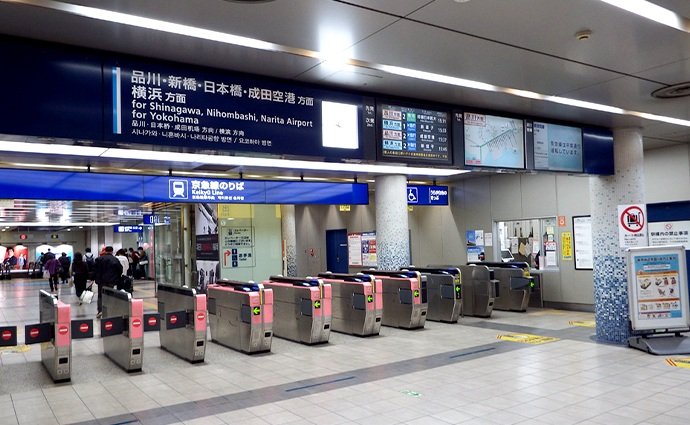
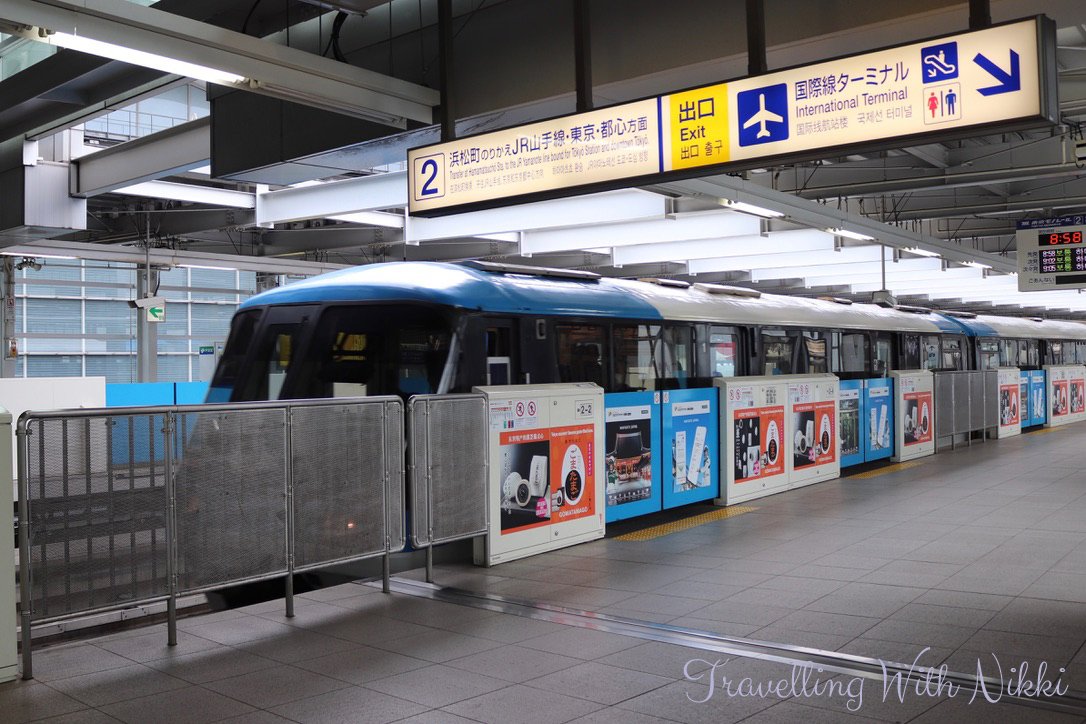


![WHAT TO DO IN JAPAN ON NEW YEARS [4 THINGS TO DO]](https://images.squarespace-cdn.com/content/v1/5d3ee66abacfa00001df6854/1671691497581-7ODU0CYIEY9XFLGBURCO/jw-5d156969236c81.93559267.jpeg)

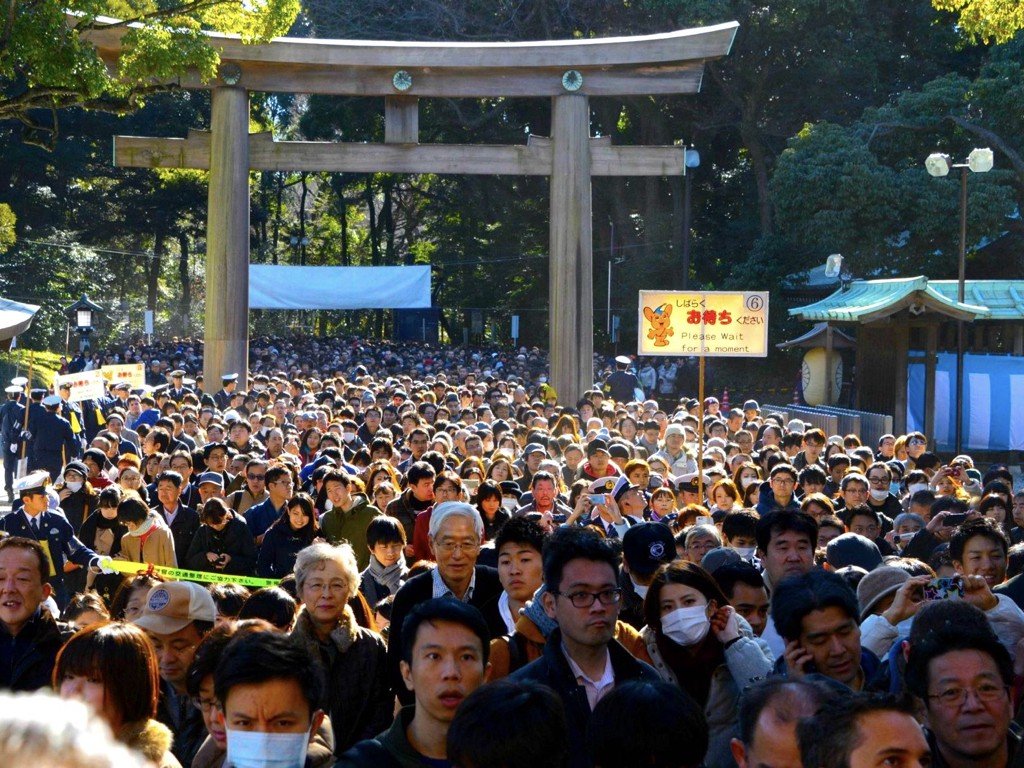

![[JAPAN TRAVEL TIPS] HOW TO GET FROM NARITA AIRPORT TO TOKYO](https://images.squarespace-cdn.com/content/v1/5d3ee66abacfa00001df6854/1670991992776-NK4RBUTFUY7IWX4L8FOK/unsplash-image-F4YHCub-GRk.jpg)


